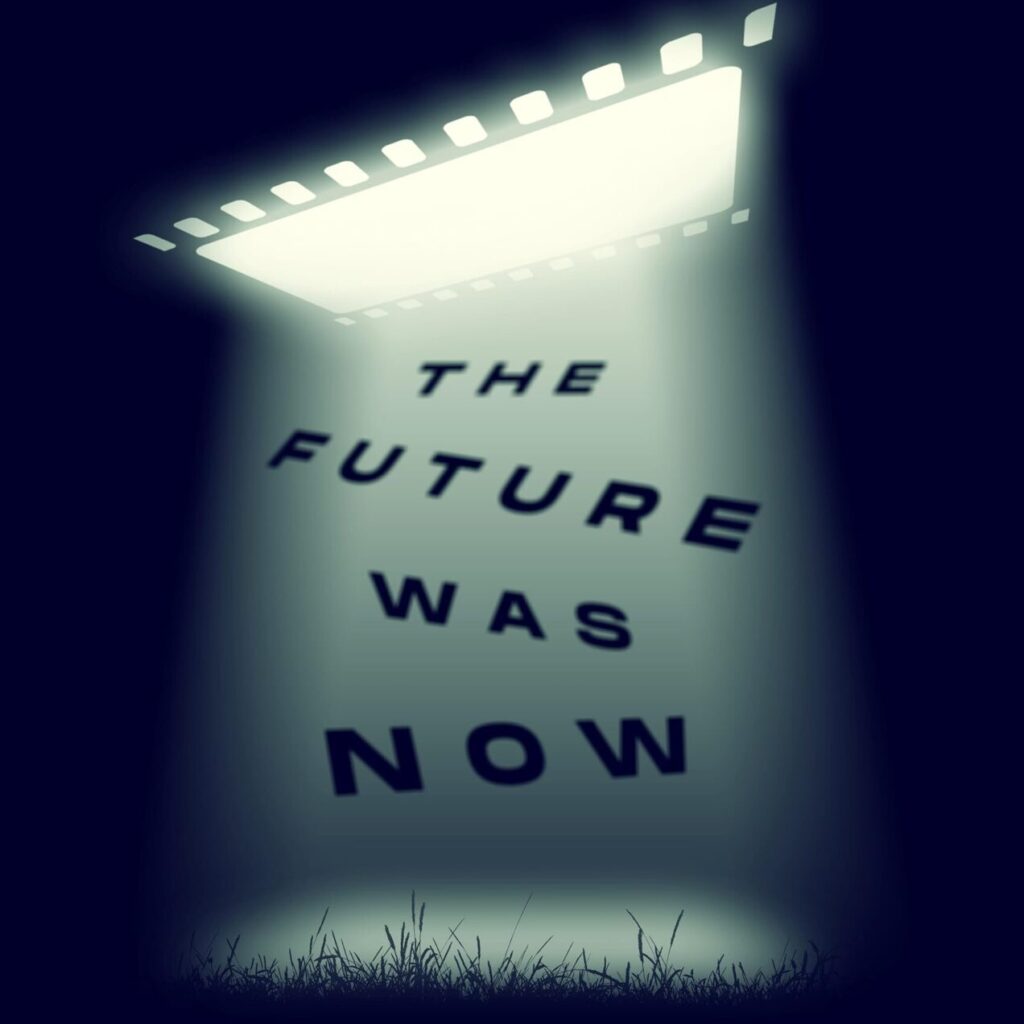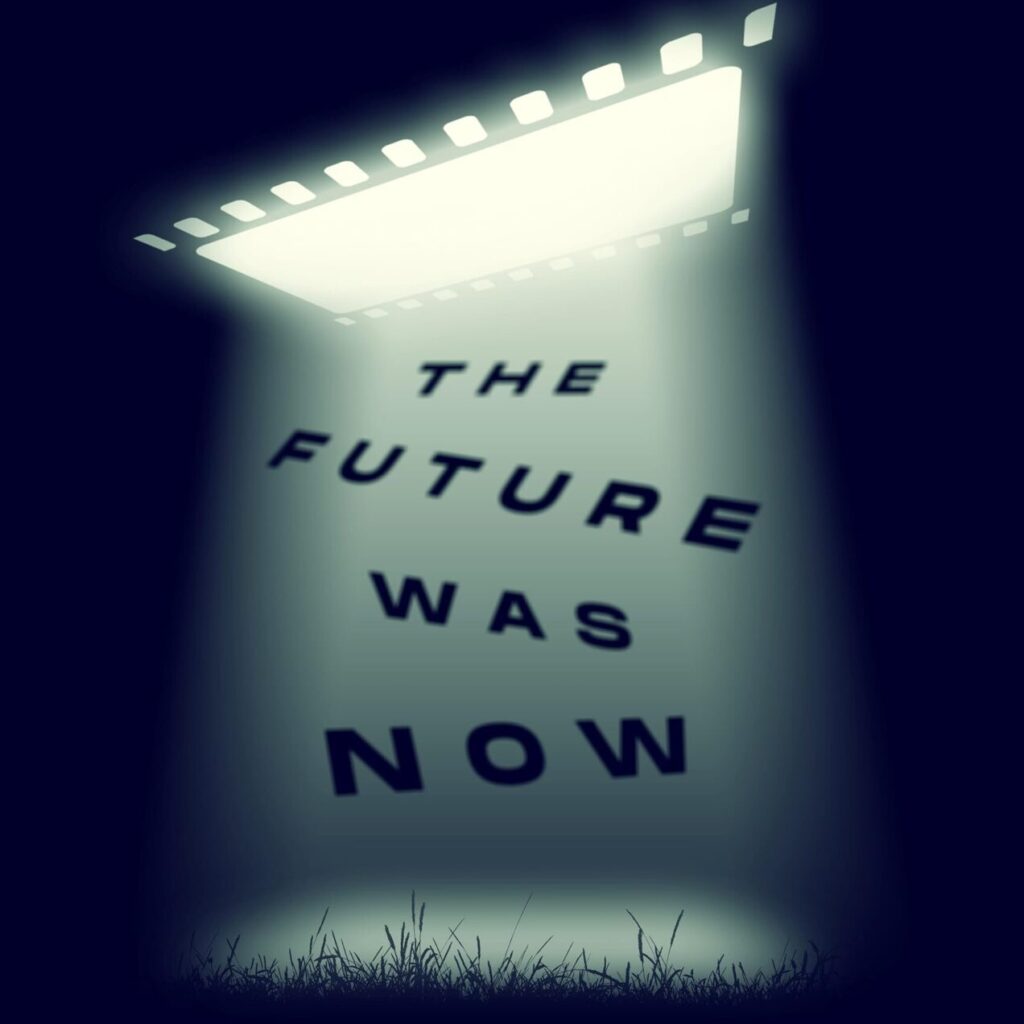
Introduction
In The Future Was Now: Madmen, Mavericks, and the Epic Sci-Fi Summer of 1982, Chris Nashawaty takes readers on a nostalgic journey through a pivotal moment in cinematic history. This engaging narrative explores the summer of 1982, a season that saw the release of eight iconic science fiction and fantasy films that would not only captivate audiences but also redefine the landscape of Hollywood filmmaking. Through meticulous research and a passion for cinema, Nashawaty highlights the behind-the-scenes stories of these films, revealing how they shaped the future of the industry and the cultural zeitgeist.
Summary of the Novel
Nashawaty’s book focuses on the summer of 1982, a time when the film industry experienced a seismic shift. The eight films released during this period—E.T. the Extra-Terrestrial, Blade Runner, Tron, Star Trek II: The Wrath of Khan, Poltergeist, The Thing, Conan the Barbarian, and Mad Max 2: The Road Warrior—each had a unique and often tumultuous production history. Collectively, these films marked a turning point for Hollywood, moving away from traditional storytelling and embracing high-concept narratives that appealed to a broader audience.
Nashawaty argues that the success of these films was not merely a coincidence; rather, they were the culmination of a changing cultural landscape influenced by the earlier success of Star Wars in 1977. This earlier blockbuster set the stage for studios to invest in ambitious projects, leading to the emergence of a new era of filmmaking characterized by special effects, merchandising, and franchise potential.
Key Events and Plot Points
1. The Cultural Context
Nashawaty begins by establishing the cultural context of the early 1980s, highlighting the impact of Star Wars on Hollywood. The film’s unprecedented success prompted studios to seek out high-concept projects that could attract large audiences. This shift in focus laid the groundwork for the diverse array of films released in the summer of 1982.
2. The Making of E.T. the Extra-Terrestrial
The author dives into the production of E.T., directed by Steven Spielberg. He explores how Spielberg, at the height of his creative powers, crafted a heartfelt story about friendship and family, which resonated with audiences. Nashawaty details the challenges faced during production, including the need for innovative special effects and the film’s emotional depth, which ultimately contributed to its monumental success.
3. The Complexities of Blade Runner
Nashawaty shifts focus to Blade Runner, directed by Ridley Scott, which adapted Philip K. Dick’s novel Do Androids Dream of Electric Sheep? He recounts the film’s troubled production, marked by creative disagreements and a lack of clarity about its direction. Despite its initial box office failure, Blade Runner would later gain cult status, influencing countless filmmakers and shaping the science fiction genre.
4. The Franchises of Star Trek and Mad Max
The book also covers the revival of the Star Trek franchise with Star Trek II: The Wrath of Khan. Nashawaty discusses how the film’s success reinvigorated interest in the series and set the stage for future sequels. Similarly, he examines Mad Max 2: The Road Warrior, highlighting how it expanded the post-apocalyptic genre and established Mel Gibson as a leading action star.
5. The Horror of Poltergeist and The Thing
Nashawaty delves into the production of Poltergeist, a film that became a benchmark for horror in the 1980s. He reveals the behind-the-scenes dynamics, including Spielberg’s uncredited role in its production. In contrast, he explores the chilling atmosphere of The Thing, directed by John Carpenter, which faced challenges related to its graphic content and special effects but ultimately became a classic in the horror genre.
6. The Fantasy of Conan the Barbarian and Tron
The author discusses Conan the Barbarian, focusing on Arnold Schwarzenegger’s rise to stardom and the film’s impact on the fantasy genre. He also highlights Tron, which pushed the boundaries of visual effects and introduced audiences to a digital world, paving the way for future technological innovations in filmmaking.
Themes
The Evolution of Hollywood
One of the central themes of The Future Was Now the evolution of Hollywood filmmaking. Nashawaty illustrates how the summer of 1982 marked a turning point, with studios embracing high-concept narratives and special effects-driven storytelling. This shift not only changed the types of films being produced but also influenced the marketing and distribution strategies of the industry.
The Power of Nostalgia
Nashawaty taps into the power of nostalgia throughout the book, inviting readers to reflect on their own experiences with these iconic films. By recounting the cultural impact of these movies, he evokes a sense of longing for a time when cinema was a shared experience that brought people together. This theme resonates deeply with cinephiles and casual viewers alike, reminding them of the magic of the movies.
The Intersection of Art and Commerce
Another significant theme is the intersection of art and commerce in the film industry. Nashawaty explores how the financial success of these films influenced creative decisions, often leading to compromises in artistic vision. He highlights the tension between the desire to create groundbreaking cinema and the pressures of box office performance, a dynamic that continues to shape Hollywood today.
Conclusion
The Future Was Now is a captivating exploration of a transformative moment in cinematic history. Chris Nashawaty’s engaging narrative, rich with behind-the-scenes anecdotes and insights, offers a comprehensive look at the summer of 1982 and the films that defined it. By examining the cultural context, production challenges, and lasting impact of these eight iconic films, Nashawaty not only celebrates their significance but also sheds light on the evolution of Hollywood itself.
As audiences continue to grapple with the implications of blockbuster filmmaking in the modern age, Nashawaty’s work serves as a reminder of the power of cinema to shape culture and ignite imaginations. The Future Was Now essential reading for anyone interested in the history of film, the evolution of storytelling, and the enduring legacy of the movies that captured the hearts of a generation. Through his expert storytelling, Nashawaty invites readers to appreciate the artistry and innovation that emerged during a summer that truly changed Hollywood forever.
Read Full Novel
The Future Was Now: Madmen, Mavericks Goodreads


